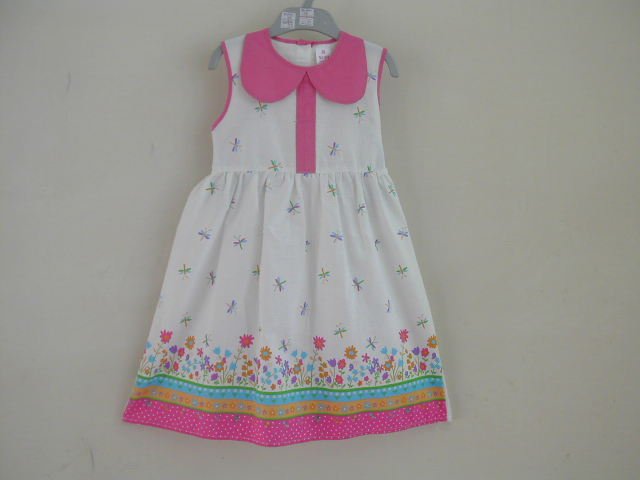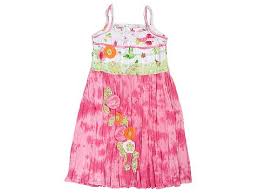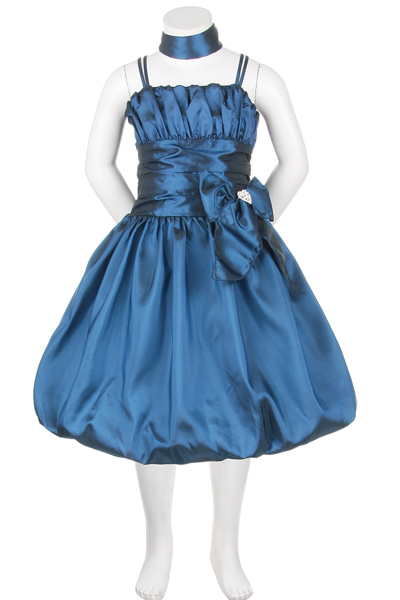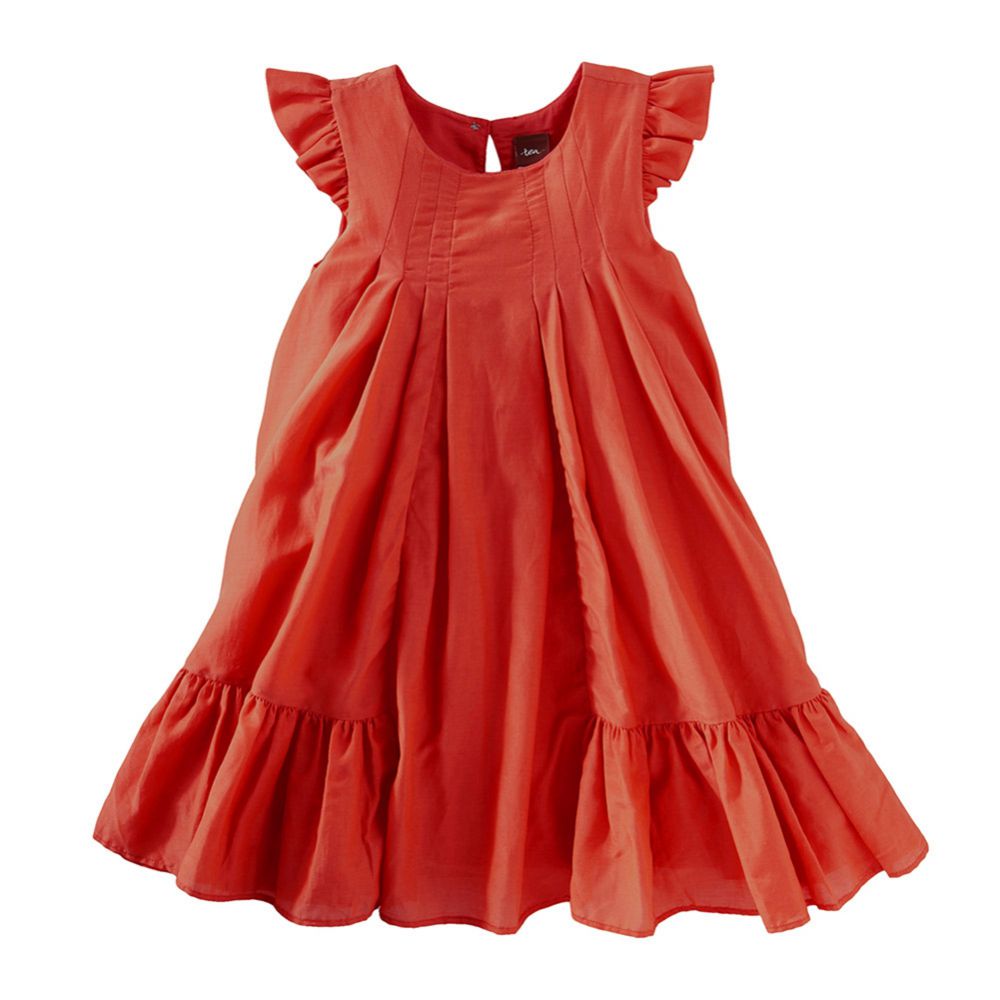Source(google.com.pk)
Childrens Dresses Biography
We have few details about the children's clothes at this time. Unfortunately photograph was not available when the children were toung, leaving is with few images. When they were married, Hugo was still struggling, byt by the 1830s he had achieved some success and the familt could lead a prosperous life style. The girls appeared to have worn pinafores or smocks over their dresses. The boys also appear to have worn smocks. One portrait drawn by their mother shows Léopoldine and François-Victor wearing similar looking smocks. It was probably done about 1832 when Léopoldine was about 11 and François-Victor about 4 years old. (figure 1). Their hair is done similarly except Léopoldine has pigtails. The fact that their mother did this drawing is quite interesting. While she apparently was not an intelectual and did not appreciate her husband's poetry, she also seemed to have been very skilled at sketching. This is a charming image. It is especially interesting as it is an intimate family drawing. Thus it probably shows how the children were dressed at home for every day. For a more formal painting, mother would have probably dressed the children up in thdeir best clothes. We also note a formal portrait of Hugo with his third son François-Victor. The boy is wearing a tunic with a huge leather belt and a small white collar. He wears long trousers under the tunic. The portrait was done about 1835. The tunic is dark blue and the trousers brown. He looks to be about 7 years old .
We have some idea as to how they wre dressed from available portraits. They seem to have been dressed very fashionably, apparrently in matching or similar outfits. Presumably the boys first wore dresses. We are unsure when they were breached. They appear to be wearing kneepants by about age 5 years. Usually mothers selected the clothes of younger children. We are not sure to what extent their father was involved in choosing their clothing. We know that he was interested in fashion and known to wear velvet suits with knickers for his lectures. We note satin cavalier outfits, Little Lord Fauntleroy suits, sailor suits, and other outfits. HBC has a number of pages on English children in the late 19th century. HBC can compare their clothing with that of the Wilde children.
We have some idea as to how they wre dressed from available portraits. Available portraits show the boys wearing quite a range of different outfits. We note satin cavalier outfits, Little Lord Fauntleroy suits, sailor suits, and other outfits. One portrait shows Curil at age 6 wearing what looks like a satin cavalier outfit with large pin-on lace collar. I'm not sure what color it was or if Vivian had a similar suit. Photographs show them wearing their velvet Little Lord Fauntleroy suits. Noitice that both the suits and collars are cut differently. We do not know if the boys were dressed in identical outfits, but they were clearly dressed in similar outfits. While their father apparently liked velvet suits, the boys were much less enamored of them. They much preferred their sailor suits (figure 1). Indeed, Vivian as an adult , remembered his favorite sailor suit. He wrote, "Not an ordinary children's sailor suit either but a suit made of real naval cloth by a naval tailor with a black silk scarf and a knife at the end of a lanyard." We always thought that there was a whistle on those lanyards. The boys also wore berets and blouses with large collars.
HBC has a number of pages on English children in the late 19th century. HBC can compare their clothing with that of the Wilde children. A good example of Aristicratic children is the Robartes family. Another good example is the Llewellyn-Davies family. These boys wore large berets like the Wilde boys. Another good exa,ple is the Sassoon family.
t their ages, I think you could encourage the kids to pack their own bag to go to dads, and again to come home. It's not unheard of for kids to do laundry, either. Having said that, I know it's kind of a dreamland wish. My son is not allowed to do laundry at his dads (weird to anyone else?!) So, I do "send" clothes, his electronic stuff, meds, ditty bag, etc. but ask my son to pack them and to make sure they come home. (No, it doesn't always work). I do check to be sure he has enough clean items before it's time to pack. I've "sent" a weeks worth of clean, fitting clothes and gotten back one dirty sock. Many times. Yes, I am bothered when they don't come back. Family tells me "don't send the clothes". But I feel strongly that it's NOT my son's fault he has to shuttle back and forth, and I don't want his dad's failings or my frustration with those failings to translate into my son wearing unmended or uncomfortable clothes, stuff I put in the "donate" pile before the divorce (4 years ago!) or filthy clothes. I've asked his dad to supervise, pointed out that "the paperwork" says the parents are to make sure the children have what they need coming to and from the other parent. His dad resists, saying "It's his job, I don't want to be a helicopter parent." My response is that yes, it is his job (he's 10 now) but that every job has a supervisor, and that's the parent. He needs to be sure the clothes are clean and available and that any "special" items are packed up to come home. My son got a Nook for Christmas, and the book we read from at night is in it, so he really needs that to be with him. It's a work in progress, but my priority is that my son have what is in his best interests, not in forcing his dad to behave (which he will never, ever do). So, back to my point - keep trying to do the very best for the kids, encourage their independence and sense of responsibility, but as the parent, make sure they have the tools they need to succeed. Hope this helps.










Childrens Dresses Biography
We have few details about the children's clothes at this time. Unfortunately photograph was not available when the children were toung, leaving is with few images. When they were married, Hugo was still struggling, byt by the 1830s he had achieved some success and the familt could lead a prosperous life style. The girls appeared to have worn pinafores or smocks over their dresses. The boys also appear to have worn smocks. One portrait drawn by their mother shows Léopoldine and François-Victor wearing similar looking smocks. It was probably done about 1832 when Léopoldine was about 11 and François-Victor about 4 years old. (figure 1). Their hair is done similarly except Léopoldine has pigtails. The fact that their mother did this drawing is quite interesting. While she apparently was not an intelectual and did not appreciate her husband's poetry, she also seemed to have been very skilled at sketching. This is a charming image. It is especially interesting as it is an intimate family drawing. Thus it probably shows how the children were dressed at home for every day. For a more formal painting, mother would have probably dressed the children up in thdeir best clothes. We also note a formal portrait of Hugo with his third son François-Victor. The boy is wearing a tunic with a huge leather belt and a small white collar. He wears long trousers under the tunic. The portrait was done about 1835. The tunic is dark blue and the trousers brown. He looks to be about 7 years old .
We have some idea as to how they wre dressed from available portraits. They seem to have been dressed very fashionably, apparrently in matching or similar outfits. Presumably the boys first wore dresses. We are unsure when they were breached. They appear to be wearing kneepants by about age 5 years. Usually mothers selected the clothes of younger children. We are not sure to what extent their father was involved in choosing their clothing. We know that he was interested in fashion and known to wear velvet suits with knickers for his lectures. We note satin cavalier outfits, Little Lord Fauntleroy suits, sailor suits, and other outfits. HBC has a number of pages on English children in the late 19th century. HBC can compare their clothing with that of the Wilde children.
We have some idea as to how they wre dressed from available portraits. Available portraits show the boys wearing quite a range of different outfits. We note satin cavalier outfits, Little Lord Fauntleroy suits, sailor suits, and other outfits. One portrait shows Curil at age 6 wearing what looks like a satin cavalier outfit with large pin-on lace collar. I'm not sure what color it was or if Vivian had a similar suit. Photographs show them wearing their velvet Little Lord Fauntleroy suits. Noitice that both the suits and collars are cut differently. We do not know if the boys were dressed in identical outfits, but they were clearly dressed in similar outfits. While their father apparently liked velvet suits, the boys were much less enamored of them. They much preferred their sailor suits (figure 1). Indeed, Vivian as an adult , remembered his favorite sailor suit. He wrote, "Not an ordinary children's sailor suit either but a suit made of real naval cloth by a naval tailor with a black silk scarf and a knife at the end of a lanyard." We always thought that there was a whistle on those lanyards. The boys also wore berets and blouses with large collars.
HBC has a number of pages on English children in the late 19th century. HBC can compare their clothing with that of the Wilde children. A good example of Aristicratic children is the Robartes family. Another good example is the Llewellyn-Davies family. These boys wore large berets like the Wilde boys. Another good exa,ple is the Sassoon family.
t their ages, I think you could encourage the kids to pack their own bag to go to dads, and again to come home. It's not unheard of for kids to do laundry, either. Having said that, I know it's kind of a dreamland wish. My son is not allowed to do laundry at his dads (weird to anyone else?!) So, I do "send" clothes, his electronic stuff, meds, ditty bag, etc. but ask my son to pack them and to make sure they come home. (No, it doesn't always work). I do check to be sure he has enough clean items before it's time to pack. I've "sent" a weeks worth of clean, fitting clothes and gotten back one dirty sock. Many times. Yes, I am bothered when they don't come back. Family tells me "don't send the clothes". But I feel strongly that it's NOT my son's fault he has to shuttle back and forth, and I don't want his dad's failings or my frustration with those failings to translate into my son wearing unmended or uncomfortable clothes, stuff I put in the "donate" pile before the divorce (4 years ago!) or filthy clothes. I've asked his dad to supervise, pointed out that "the paperwork" says the parents are to make sure the children have what they need coming to and from the other parent. His dad resists, saying "It's his job, I don't want to be a helicopter parent." My response is that yes, it is his job (he's 10 now) but that every job has a supervisor, and that's the parent. He needs to be sure the clothes are clean and available and that any "special" items are packed up to come home. My son got a Nook for Christmas, and the book we read from at night is in it, so he really needs that to be with him. It's a work in progress, but my priority is that my son have what is in his best interests, not in forcing his dad to behave (which he will never, ever do). So, back to my point - keep trying to do the very best for the kids, encourage their independence and sense of responsibility, but as the parent, make sure they have the tools they need to succeed. Hope this helps.
Childrens Dresses

Childrens Dresses
Childrens Dresses

Childrens Dresses

Childrens Dresses

Childrens Dresses

Childrens Dresses

Childrens Dresses

Childrens Dresses

Childrens Dresses

Childrens Dresses
No comments:
Post a Comment